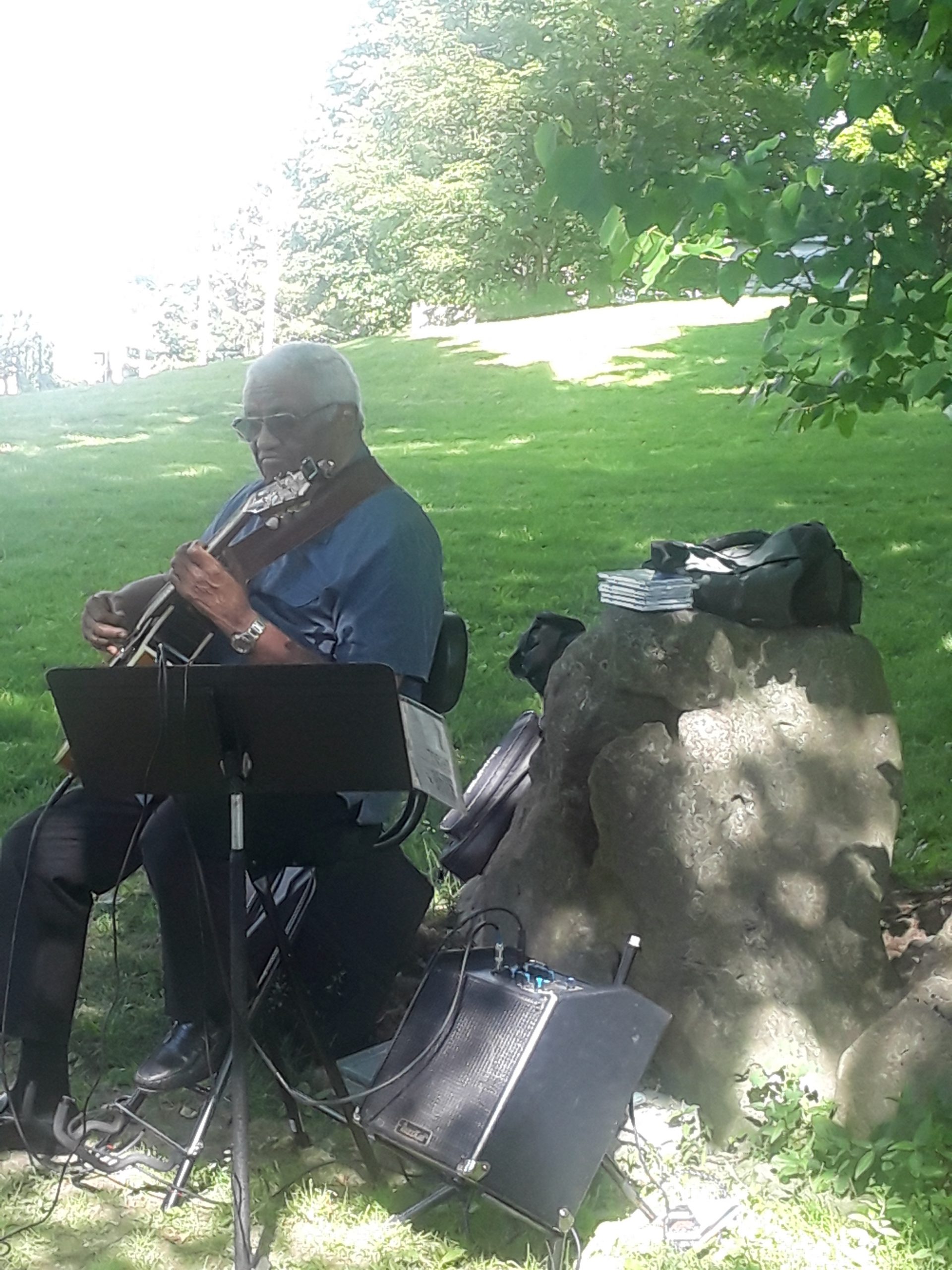By Kat Leslie
As the number of incarcerated individuals declines across the United States, former correctional facilities are being repurposed into residential, commercial, and recreational spaces. Over the past 20 years, approximately 200 prisons have closed, according to The New York Times, and state and local governments are actively exploring ways to utilize these sites to drive economic and community revitalization.
One of the most successful examples of this transformation can be found right here, in Warwick, where the former Mid-Orange Correctional Facility has been repurposed into a thriving business and recreational hub. Closed in 2011 under then-Governor Andrew Cuomo, the 700-acre site has been redeveloped into the Warwick Office and Technology Park and the Wickham Woodlands Town Park. This initiative was spearheaded by the Warwick Valley Local Development Corporation (WVLDC), a nonprofit organization formed to oversee the property’s redevelopment. The WVLDC facilitated the sale of approximately 150 acres to various businesses, including Hudson Sports Complex, Drowned Lands Brewery, Fox Soccer Academy, Urban Xtracts, and Phyto-Farma Labs, contributing to local economic growth and job creation. The remaining land was allocated for recreational purposes, enhancing community amenities. In September 2024, the WVLDC presented a $1.5 million check to the Town of Warwick for further recreational improvements, marking the culmination of the redevelopment project.
Unlike many former prison sites struggling to find a viable second life, Warwick has demonstrated how strategic redevelopment can turn a decommissioned correctional facility into an economic asset that benefits the entire community.
Town Supervisor Jesse Dwyer acknowledged the project’s success, stating, “The transformation from prison complex to a thriving business hub and sports park has proven to be an invaluable endeavor for the Town of Warwick. The risk involved required unmatched foresight and commitment by both the Town as well as the LDC Board throughout this process and we are forever grateful for the culminating achievements. The Town Board looks forward to continuing to build upon the success of the Tech Park and are excited to utilize the remaining LDC funds to improve all of the parks within the Town of Warwick.“
WVLDC president Robert Krahulik remarked ”I’m proud of the final development and thrilled to see our successes in supporting local business and creating economic opportunities.”
This successful redevelopment aligns with a broader national trend of repurposing former correctional facilities. The former Lorton Prison in Fairfax County, Virginia, built in 1910 and closed in 2001, was redeveloped into Liberty Crest Apartments, a residential community featuring townhouses and apartments. While initially met with skepticism due to its history, the project has been a success, with a 98% occupancy rate. In Manhattan, the Lincoln Correctional Facility is being converted into housing for low-income residents, a move designed to address New York City’s housing crisis. Plans are underway to redevelop the Downstate Correctional Facility in Fishkill into a mixed-use development.
However, not all prison redevelopment projects proceed smoothly. In Thomaston, Maine, redevelopment of a correctional facility closed 20 years ago has stalled due to disagreements among residents over its future. Meanwhile, in Utah, a large-scale project known as “The Point” aims to turn a 600-acre former state prison site into residential and research spaces, but construction is expected to take at least 15 years to complete. Some facilities, especially those in rural areas, face greater hurdles in attracting developers and businesses willing to invest in repurposing efforts.
To address these complexities, New York launched a Prison Redevelopment Commission in 2022 to explore strategies for repurposing closed facilities. Other states are following suit, recognizing the potential of these sites to generate new economic and social value.
Meanwhile, the experience of Warwick serves as a model for other communities navigating the complex process of repurposing former correctional facilities, demonstrating how such transformations can stimulate economic development and enhance community resources.
As the nation continues to grapple with declining incarceration rates and the subsequent closure of correctional facilities, Warwick stands out as a blueprint for how thoughtful planning, investment, and local leadership can turn a former prison into a thriving community resource.







